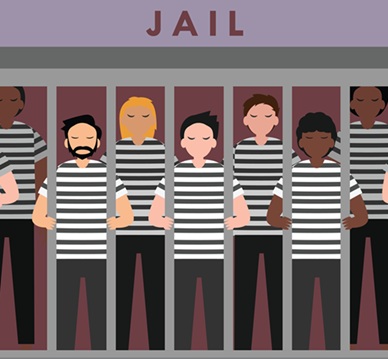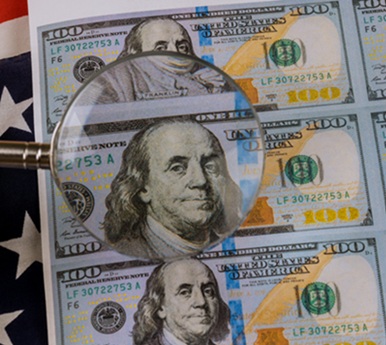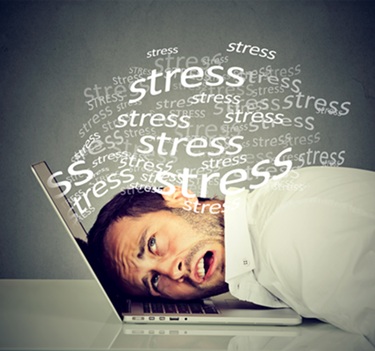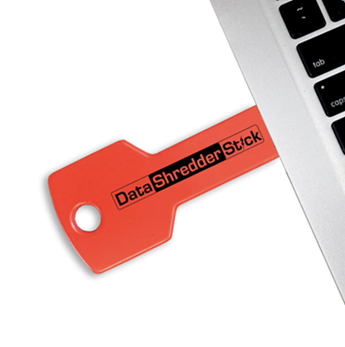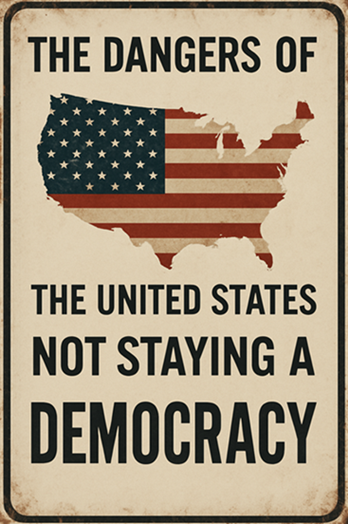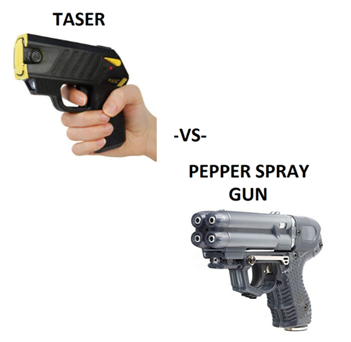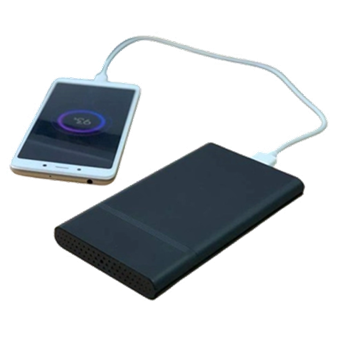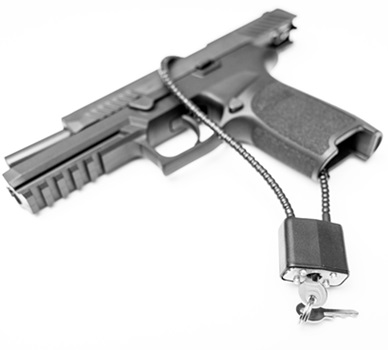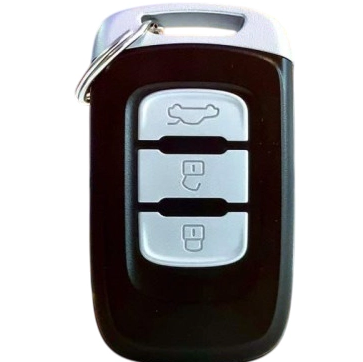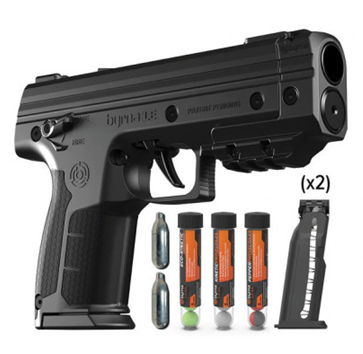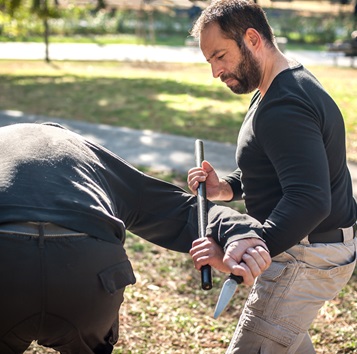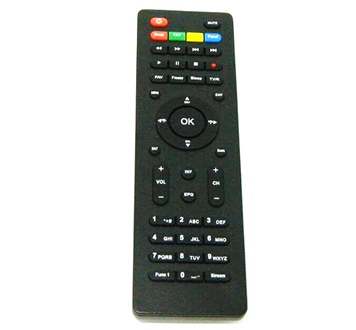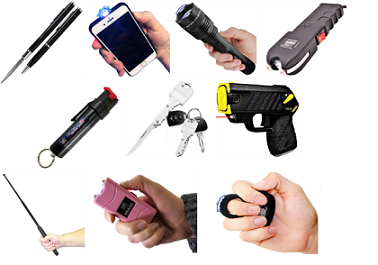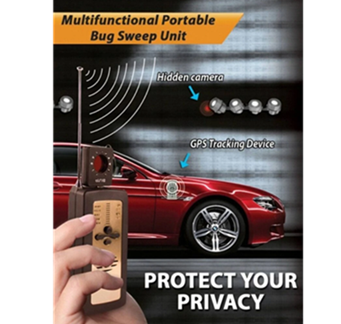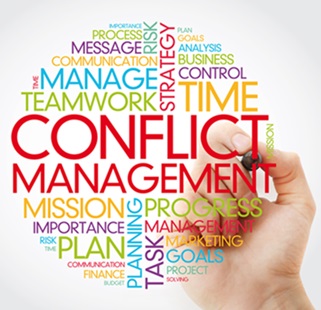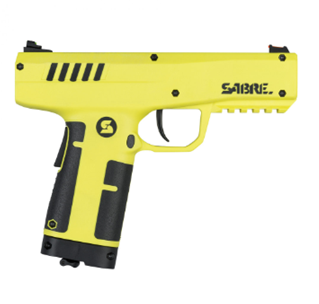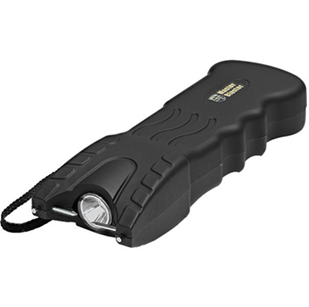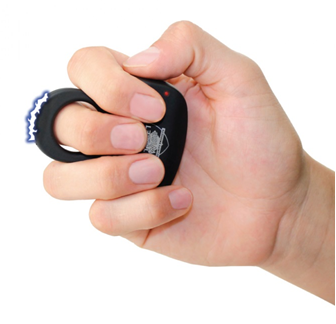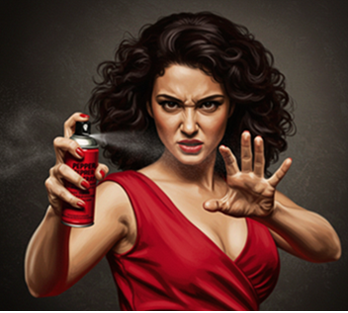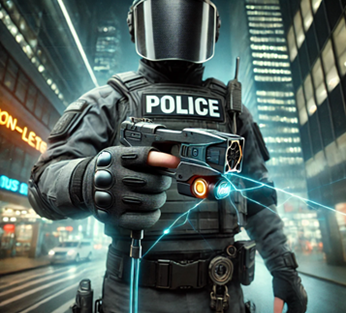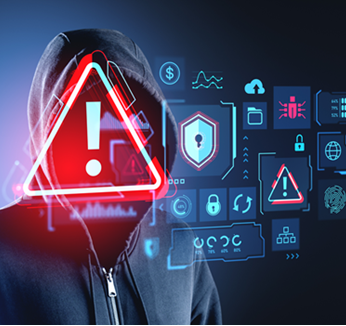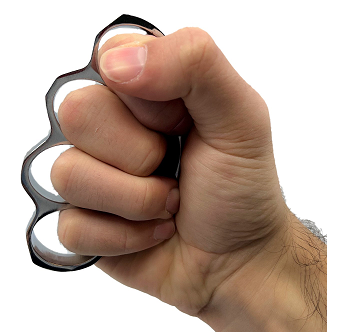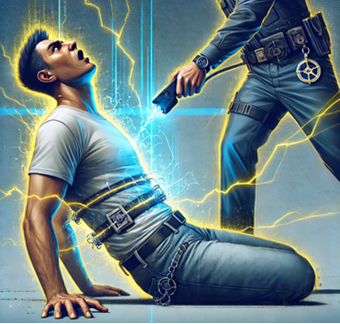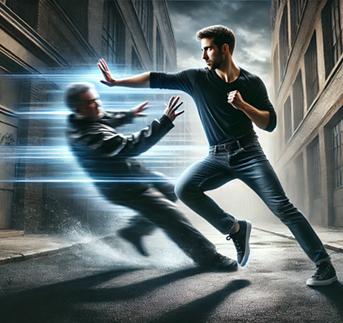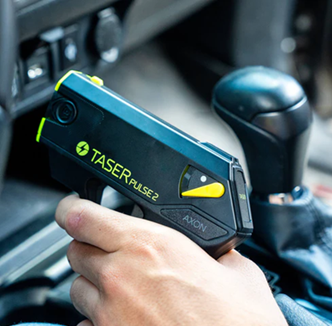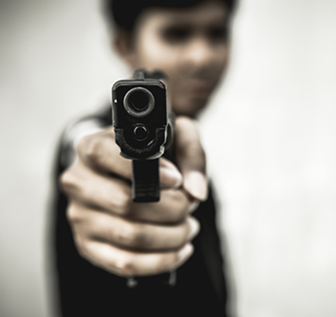How to Spot Counterfeit Money
 In an increasingly digital world, cash still remains a crucial part of many transactions. Unfortunately, with cash comes the risk of counterfeit money entering circulation. Counterfeit bills not only affect businesses but also impact everyday consumers. Knowing how to spot fake money is an essential skill for protecting yourself and your finances.
In an increasingly digital world, cash still remains a crucial part of many transactions. Unfortunately, with cash comes the risk of counterfeit money entering circulation. Counterfeit bills not only affect businesses but also impact everyday consumers. Knowing how to spot fake money is an essential skill for protecting yourself and your finances.
In this guide, we will walk you through the signs of counterfeit money, the most commonly targeted bills, detection methods, and steps you should take if you suspect a bill is counterfeit.
Why Is Counterfeit Money a Problem?
Counterfeit money can destabilize economies, reduce trust in financial systems, and cause significant losses to businesses and individuals. Businesses that unknowingly accept fake bills typically bear the loss themselves, as banks do not reimburse counterfeit currency.
Moreover, penalties for knowingly passing counterfeit money are severe, even if you received it unknowingly. Hence, it's critical to be vigilant and educated.
The Most Commonly Counterfeited Bills
While counterfeiters attempt to replicate various denominations, they tend to focus on certain bills that offer a high reward but less scrutiny. In the United States, the $20 bill is the most counterfeited note. Internationally, larger denominations like the €50 or £20 are often targeted.
Key Features of Genuine Currency
Modern banknotes are equipped with various security features to make counterfeiting difficult. Here are some standard elements used in U.S. currency:
1. Watermarks
Genuine bills often have a watermark—a faint image similar to the portrait on the bill—visible when held up to the light. This feature is embedded into the paper, not printed on it.
2. Security Thread
All U.S. bills above $1 denomination have a security thread embedded vertically within the bill. When held up to a light, it appears as a thin strip running from top to bottom. It usually glows under UV light.
3. Color-Shifting Ink
Bills like the $20, $50, and $100 notes use color-shifting ink in certain areas, such as the numeral in the lower right corner. Tilt the bill back and forth—the color should change from copper to green.
4. Raised Printing
Run your fingers over the bill. Genuine currency uses raised printing, giving the note a distinctive texture. Counterfeit bills often feel flat or waxy.
5. Fine Line Printing Patterns
Genuine bills feature very fine lines behind portraits and in other areas. These are difficult to replicate precisely, often resulting in blurry or broken lines on counterfeit bills.
6. Microprinting
Tiny text that appears under magnification is used in multiple locations on real bills. For example, "USA20" is printed around the border of the $20 bill.
7. 3D Security Ribbon (for $100 Bills)
Newer $100 bills have a blue, 3D security ribbon woven into the paper—not printed on top. The design moves as you tilt the bill.
How to Quickly Check a Bill
When handling cash, especially in busy environments, you need quick methods to verify authenticity. Here’s how to perform a quick check:
-
Feel the paper: Genuine U.S. currency uses a unique cotton-linen blend.
-
Look for security features: Hold the bill up to light to check for watermarks and security threads.
-
Tilt the bill: Check for color-shifting ink and 3D ribbons (where applicable).
-
Compare to a known genuine bill: Differences often stand out when placed side by side.
Tools for Detecting Counterfeit Money
Several tools can aid in spotting fake currency:
1. Counterfeit Detection Pens
These pens contain a solution that reacts with wood-based paper, used in counterfeit bills, by turning dark. While helpful, these pens are not foolproof as clever counterfeiters may bleach lower-denomination bills.
2. UV Light Detectors
Security threads glow under ultraviolet light. UV detectors are common in retail and banking settings.
3. Magnifiers
A magnifying glass can help you inspect microprinting and fine details that counterfeiters often miss.
4. Automatic Currency Detectors
These machines scan bills for multiple security features and are highly reliable but may be expensive for personal use.
Common Counterfeit Techniques
Understanding how counterfeiters operate can improve your detection skills:
-
Bleaching: Counterfeiters bleach real lower denomination bills and print higher values on them.
-
Digital Reproduction: Scanning and printing currency using high-resolution printers. Look for blurry edges and incorrect colors.
-
Handcrafted Bills: While rare, some counterfeiters manually produce fake bills, focusing on texture rather than appearance.
Signs a Bill Might Be Fake
Here are red flags you should immediately recognize:
-
Poor quality printing
-
Color inconsistencies
-
Lack of security features
-
Edges that are uneven or blurred
-
Bills of the same serial number
-
Glossy paper or incorrect texture
How to Handle a Suspected Counterfeit Bill
If you believe you have a counterfeit bill, follow these steps:
-
Do not return it to the person who gave it to you.
-
Do not put yourself in danger.
-
Note details about the person if possible (appearance, vehicle, companions).
-
Contact local law enforcement.
-
Give the suspect bill to authorities.
-
Write your initials and date on a blank area of the suspect bill.
-
Handle the bill as little as possible.
The U.S. Secret Service is the federal agency primarily responsible for investigating counterfeit currency.
Global Perspective: Spotting Counterfeit Money Worldwide
If you travel internationally, keep in mind that different countries have distinct security features:
-
Euros: Holograms, raised ink, and color-changing numbers.
-
British Pounds: Metallic threads, see-through windows, and holograms.
-
Canadian Dollars: Transparent windows, holographic maple leaves, and color-shifting elements.
Research the specific security features of the currency you'll be handling abroad.
Staying Updated
Central banks regularly update the design of banknotes to incorporate new security features. Stay informed by visiting the websites of the U.S. Treasury, Federal Reserve, or equivalent bodies abroad.
The U.S. Bureau of Engraving and Printing, for instance, offers resources and tutorials for recognizing legitimate currency.
Protecting Your Business from Counterfeit Money
If you run a business, counterfeit prevention should be part of your operations:
-
Train employees: Teach your staff to recognize security features.
-
Use detection tools: Equip points of sale with UV lights and counterfeit pens.
-
Have clear policies: Create a procedure for what to do when fake money is suspected.
-
Stay cautious with large bills: Verify $50 and $100 bills more carefully.
Common Myths About Counterfeit Money
Myth 1: Counterfeit Detection Pens Are Always Accurate
Reality: Bleached bills and some high-quality fakes can pass the pen test.
Myth 2: Counterfeit Money Always Looks Obviously Fake
Reality: Modern counterfeit bills can look very convincing to an untrained eye.
Myth 3: Small Denominations Are Safe
Reality: Counterfeiters have increasingly targeted $5, $10, and $20 bills.
Conclusion
Spotting counterfeit money is a vital skill for individuals and businesses alike. By learning to recognize common security features, staying vigilant, and using the right detection tools, you can significantly reduce the risk of falling victim to counterfeit currency.
Whenever in doubt, remember: trust your senses. If something feels off about a bill, it's worth taking a closer look. Familiarize yourself with genuine currency, stay updated on security enhancements, and don't hesitate to seek help if you suspect a counterfeit.
Stay smart. Stay safe.
Company Info
Customer Service
Product Information
- TASER® and Stun Devices Regulations by State
- TASER® Safe Escape Product Replacement Guarantee
- TASER® Comparison Chart
- TASER® User Manuals
- TASER® Warranty Info
- Byrna Product Catalog
- PepperBall Manuals & Spec Sheets
- Pepper Spray Laws
- Air Gun Laws
- States that Restrict Automatic and Butterfly Knives
- Our Print Catalog
























